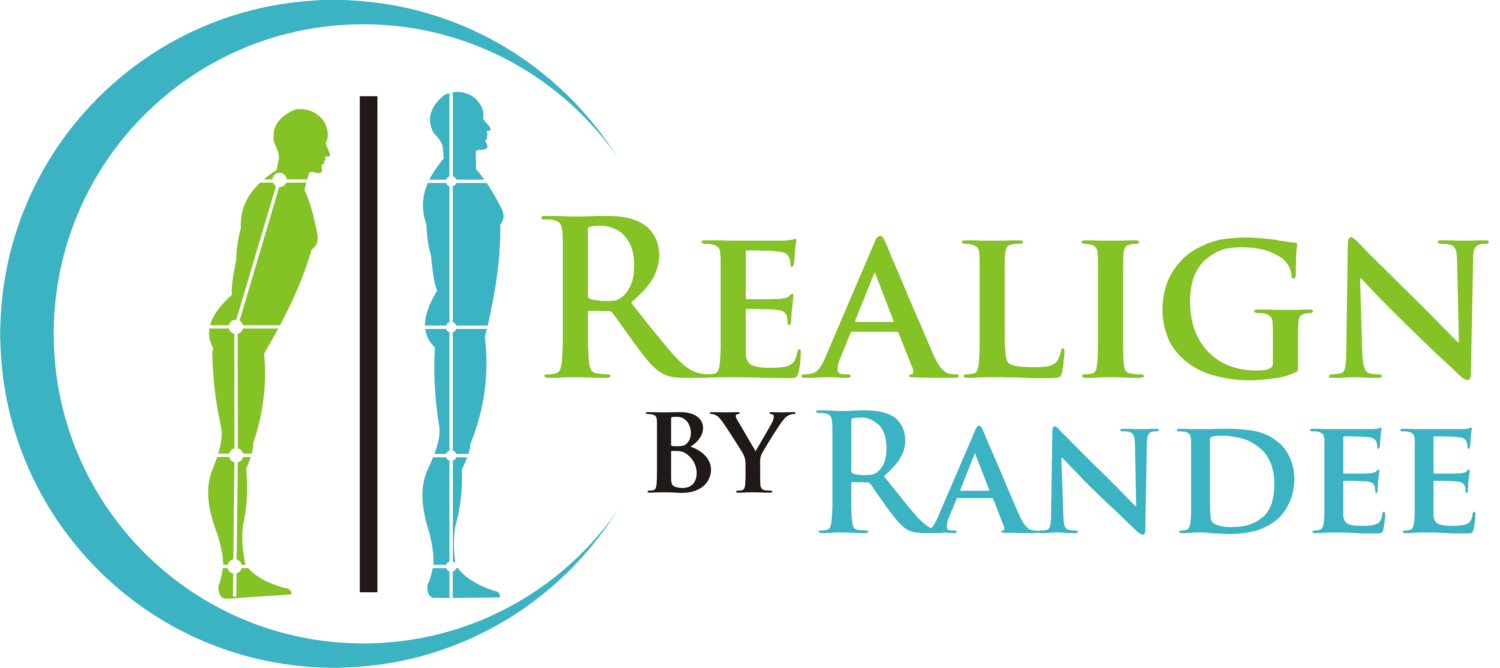The Power of Posture: How Small Changes Can Lead to Big Health Benefits
By Dr. Antti Rintanen, MD, MSc, author of The Internet Doctor
In the world of modern wellness, sleep and stress often take center stage—and rightfully so. But there’s another foundational pillar of health that doesn’t always get the attention it deserves: posture. Posture isn’t something we think about—until pain sets in.
But posture isn’t just about standing up straight or avoiding backaches. It plays a central role in how we breathe, move, and recover. When aligned properly, our body’s systems—from muscles and joints to nerves and circulation—function more efficiently. When misaligned, however, we set ourselves up for fatigue, discomfort, and even injury over time.
Why Posture Matters More Than You Think
Posture isn’t just about looking upright—it’s about how small, daily choices shape the way our body feels and performs. Even subtle shifts in alignment change how stress is distributed across muscles and joints, influencing fatigue, recovery, and long-term resilience.1
The Sedentary Trap
A major contributor to postural dysfunction is prolonged sitting. Many people spend hours a day in front of screens—at work, commuting, or relaxing. Sitting in unsupported or slouched positions causes the hip flexors to shorten, the glutes to weaken, and the natural spinal curves to distort. The chest caves in, the head juts forward, and the shoulders round.
Even when we return to standing or walking, these altered mechanics don’t magically reset. We carry them with us, often unconsciously. Proprioceptive awareness—the body’s internal sense of alignment—declines, leading to inefficient movement and increased injury risk.2
How Poor Posture Affects Breathing and Recovery
While posture is commonly seen as a musculoskeletal issue, its impact extends far deeper. Poor alignment compresses the diaphragm, restricting its ability to expand. This reduces oxygen intake and leads to shallow chest breathing—activating the sympathetic nervous system, our body’s stress response. Shallow breathing contributes to fatigue, anxiety, and reduced recovery.3
Posture and Mental Performance
Posture also influences mood. Upright alignment supports focus and energy, while slumped posture is linked with fatigue and lower resilience.4
The mind-body link is powerful. Standing or sitting tall won’t solve every mental health challenge, but it can provide a grounded physiological base for greater emotional stability and presence.
Movement Re-Education: A Daily Investment
Improving posture isn’t about chasing perfection—it’s about building new movement patterns through consistency. Most posture problems begin with unconscious repetition: hunching at a laptop, cradling a phone, or carrying a heavy bag on one side. The solution? Intentional repetition.
Start by noticing daily habits—like screen height or shoulder tension—and make small adjustments to reset your spine during the day.
Breathwork can be especially powerful. Instead of bracing your core, try expanding your ribs and drawing breath into your lower lungs. This activates the deep stabilizers of the spine and promotes natural alignment.
Mindful movement practices like Pilates, yoga, or functional strength training help reinforce these skills.5 They retrain the stabilizer muscles, promote better proprioception, and improve spinal mobility. Whether you’re an athlete or someone recovering from pain, these exercises offer long-term benefits.
Setting an Example
Improving your own posture can also have ripple effects. Whether you’re a parent, team leader, teacher, or caregiver, those around you take cues from your physical presence. Children in particular learn by observing. When they see you stretch regularly, sit with awareness, or take time to breathe before bedtime, they learn that body care is part of daily life.
Posture isn’t about aesthetics—it’s about energy, confidence, and long-term health. Small, consistent acts of awareness add up. The simple decision to move with intention, sit with support, or stand in balance can become a gateway to better focus, less pain, and more energy.
Final Thoughts
Posture is not fixed—it’s learned, practiced, and reshaped over time. For anyone navigating the pace and stress of modern life, improving posture offers a surprisingly effective way to support wellness from the inside out.
Rather than obsessing over “perfect” form, focus on function. Small adjustments add up to more energy, less pain, and greater resilience over time.
About the Author
Dr. Antti Rintanen is a Finnish medical doctor and founder of The Internet Doctor, where he blends clinical insight with practical wellness strategies. His work focuses on helping everyday people—especially parents—bridge the gap between health science and real life.
References
Koseki T, Hayashi S, Nishida N, et al. Effect of forward head posture on thoracic shape and respiratory muscle strength. J Phys Ther Sci. 2019;31(1):63–68. https://pmc.ncbi.nlm.nih.gov/
O’Sullivan PB, Grahamslaw KM, Kendell M, Lapenskie SC, Möller NE, Richards KV. The effect of different standing and sitting postures on trunk muscle activity in a pain-free population. Spine (Phila Pa 1976). 2002;27(11):1238-1244. https://pubmed.ncbi.nlm.nih.gov/12045525/
Szeto GPY, Ting LH, Fincher AL, et al. A field study on spinal postures and postural variations during smartphone use among university students. Appl Ergon. 2020;88:103183. https://www.sciencedirect.com/
Peper E, Lin IM. Increase or decrease depression: how body postures influence your energy level. Biofeedback. 2012;40(3):125-130. https://www.researchgate.net/
Wells C, Kolt GS, Marshall P, Hill B, Bialocerkowski A. The effectiveness of Pilates exercise in people with chronic low back pain: a systematic review. PLoS One. 2014;9(7):e100402. https://journals.plos.org/
*This a guest post
